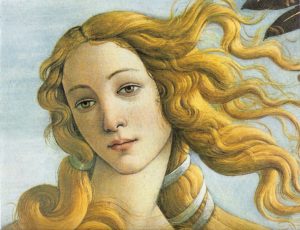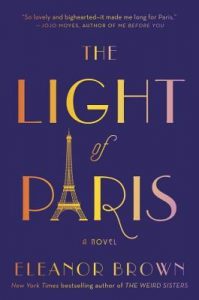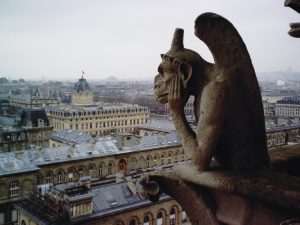The King’s Painter by Franny Moyle
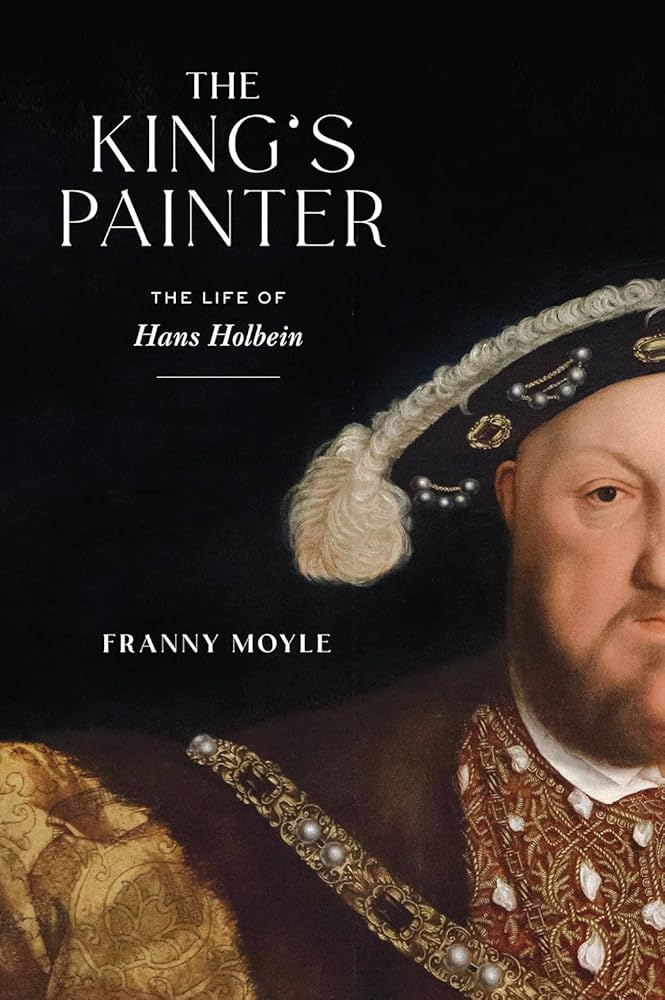
First line: When Samuel Johnson published his Dictionary of the English Language in 1755, more than two hundred years after Holbein’s death, he understood a biographer to be ‘A writer of lives; a relator not of the history of nations, but of the actions of particular persons.’
Summary: Hans Holbein was the court painter to Henry VIII of England. But even though he achieved stardom at the English court he started as the son of painter in Augsburg, Germany. He learned his trade from his father and worked his way up the social ladder with introductions for well-known clients until he reached the height of his career. Using his talent, he brought the world the best known portraits of the Tudor court including the king himself, his courtiers and several of his wives.
My Thoughts: I have loved Holbein’s work ever since I became interested in the Tudor period. His art is beyond his time. He brings life to his subjects making them almost appear in 3D. Many of his works survive and there are probably some still to be discovered. The few that I have seen are outstanding in their detail.
I really enjoyed this look into Holbein’s life. Before reading this I basically knew his name and his works. I learned a lot about the time period in which he lived, his rise through friendships with Erasmus and Thomas More, and the lives of painters in the sixteenth century. I always assumed that someone who worked for the court was well off but many painters struggled to make enough for their families. There are many rules surrounding the painters’ world including inclusions in guilds and requirements of marriage. I found this to be a great insight into another world inside the one I already knew from my years of reading Tudor history.
Moyle’s biography can be fairly dense with information but I found it easy to read. She follows a linear storytelling while she explains the culture and religious tensions of the time and how they affected the young painter.
The book includes color prints of some of his father’s works (Hans Holbein the Elder), early religious works (Hans Holbein the younger), and his portraits from the royal courts.
FYI: For fans of art history or the Tudor period.

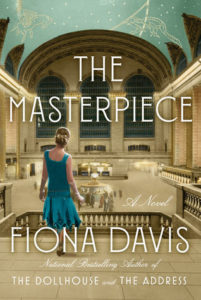
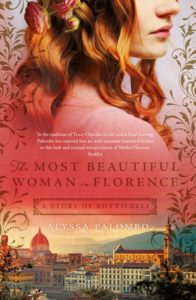 The Most Beautiful Woman in Florence
The Most Beautiful Woman in Florence